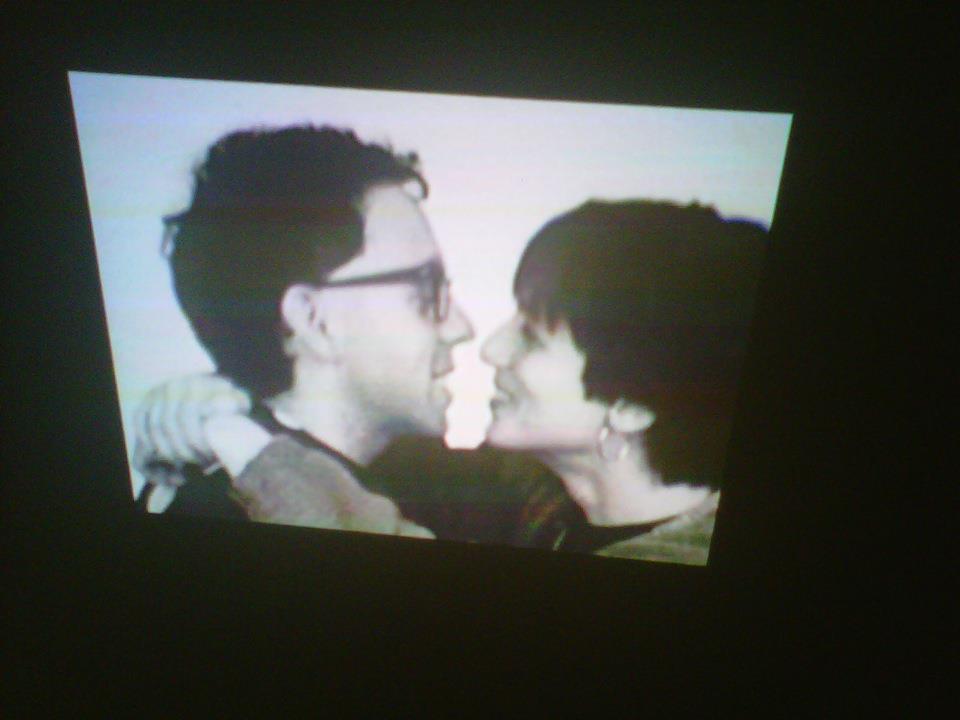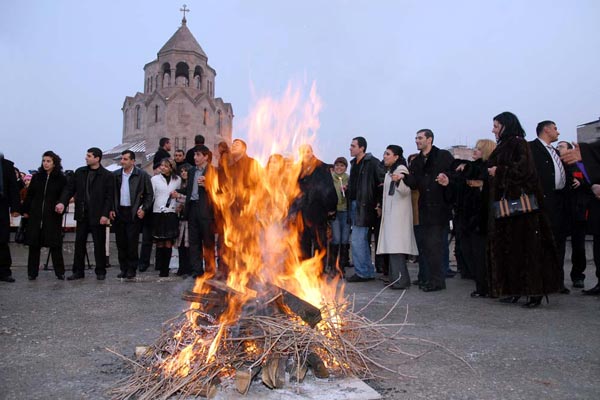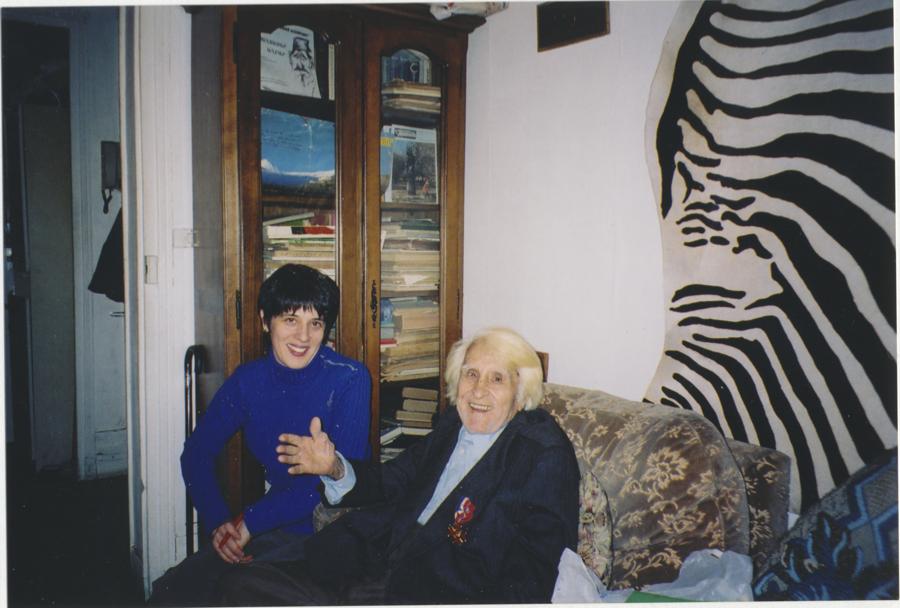Literary Sweepstakes

As part of the promotional drive for my new novel, I have set up a mailing list called NK Book Group, and have been sending out updates on the launch of the book, including reviews, tour information, and other details from the writing and selling life. Below is the missive that went out last week. If you are interested in joining the mailing list, send your request to nkbookgroup[at]gmail.com
Dear Friends,
I knew that bookselling had been transformed in the ten years since my second novel was published, but didn’t have a grasp of the details until the past few weeks as the publication of ALL THE LIGHT THERE WAS nears. I’m getting a closer look at the work the marketing and publicity staff at Houghton Mifflin Harcourt are doing on my behalf. I’m also finding myself being tasked with things I’ve never done before, such as writing pieces on spec to be pitched to newspapers and online magazines, and running a book give-away contest.
This week Shelf Awareness, which produces newsletters for librarians, booksellers, bloggers and hardcore readers, sent out a Dear Reader letter that I composed (see above). I must admit that my marketing maven husband helped edit the letter; I had little idea of how to pitch my book in 75-85 words. He said, “I put in love, because I knew you wouldn’t allow romance.” The pitch included information about how to enter a contest to win one of five copies that my publisher is giving away.
The email entries from librarians and book bloggers started coming in. Many of them had Maral in the subject line, as instructed, and then simply a name and address. Most of them had the feel of someone who sent the message the way people enter jingle contests or buy lottery tickets, with little expectation of winning. But some of them were oddly moving, as people described why they were interested in receiving a copy of the book. My favorite was from a high school librarian who wrote, “I would love to have ALL THE LIGHT THERE WAS on the shelf for our students.”
I found out from the marketing person at HMH that the contest has two more rounds, as Shelf Awareness will be featuring the book in two different upcoming newsletters. So I’m expecting another influx of messages, and we won’t be announcing winners until April 8th.
That’s it for this week, dear Readers. Stay tuned for upcoming chapters in the Annals of Self-Promotion!
Nancy Kricorian
February 28, 2013



